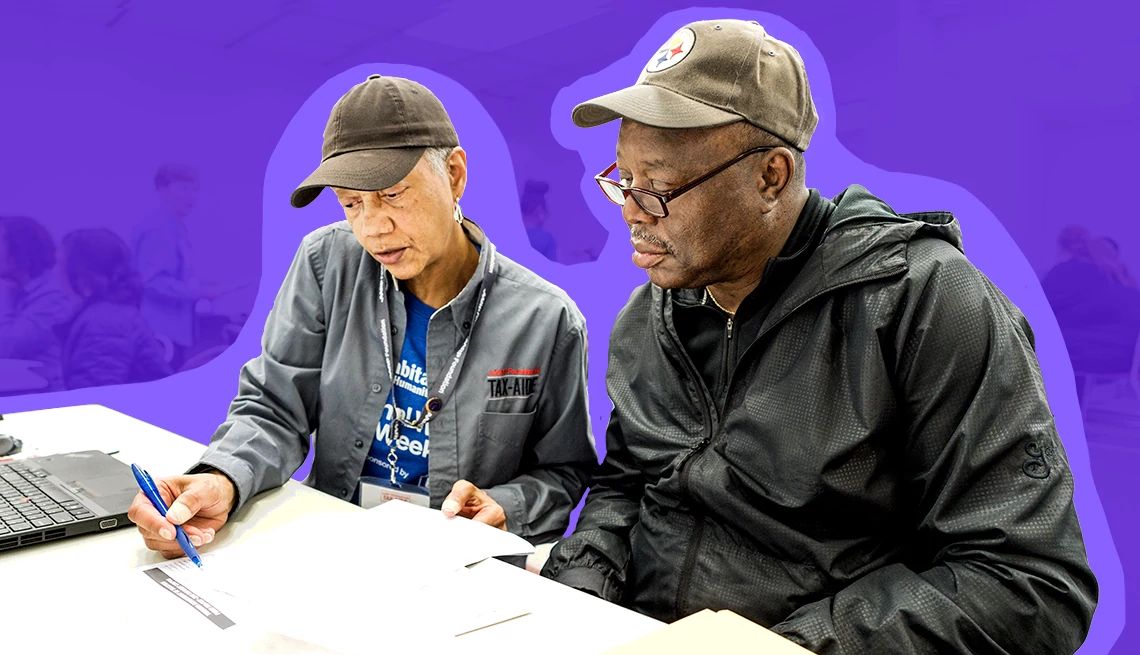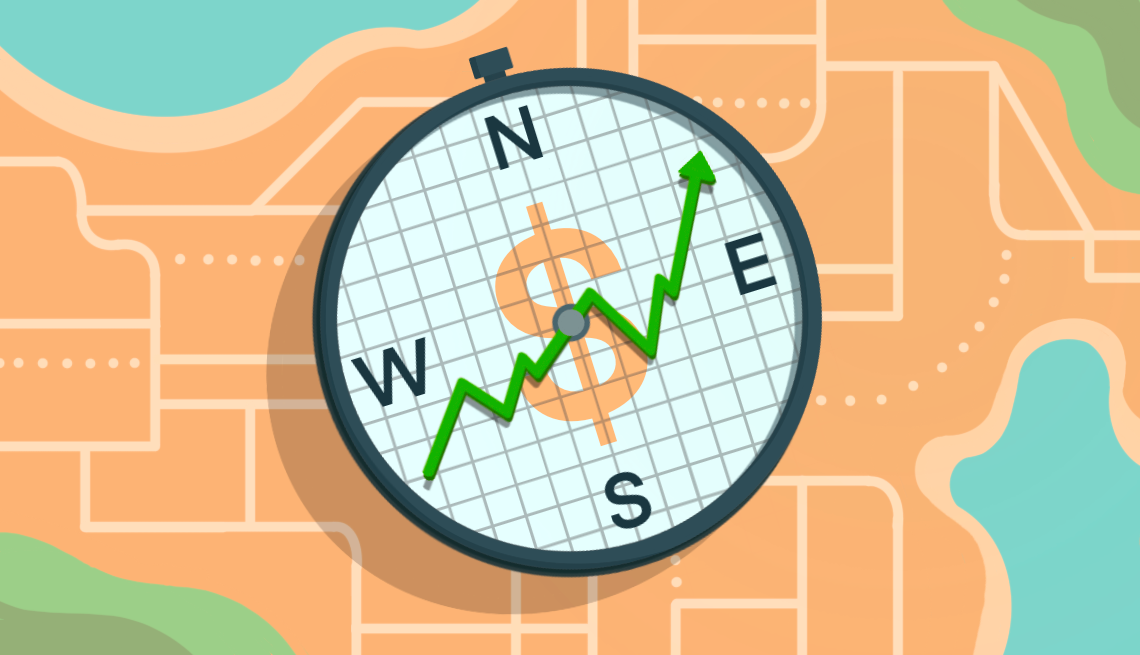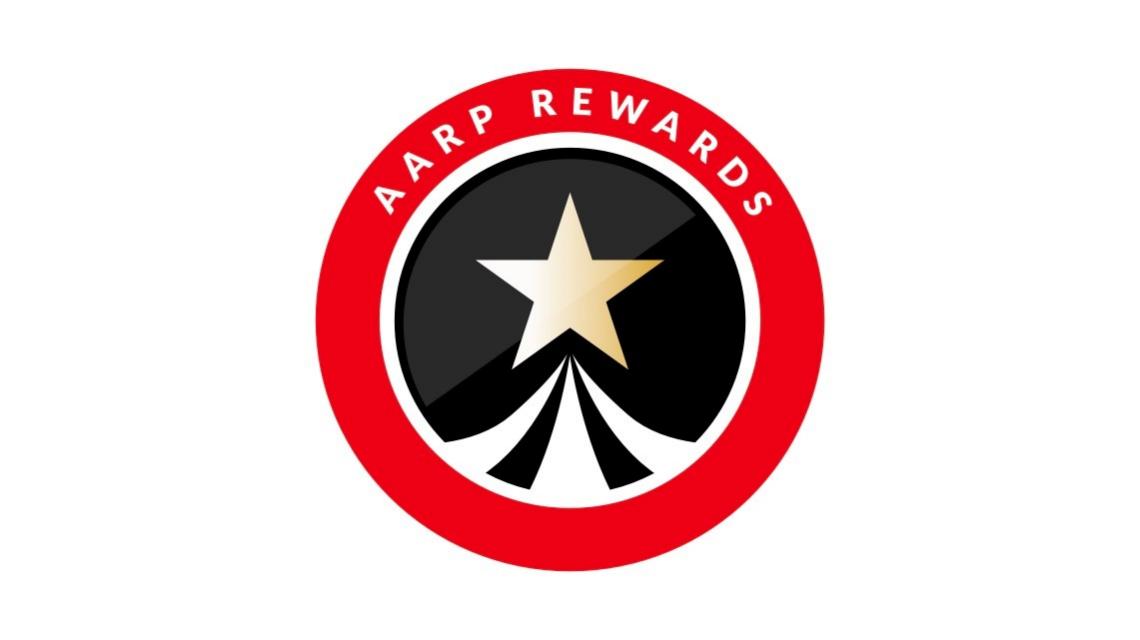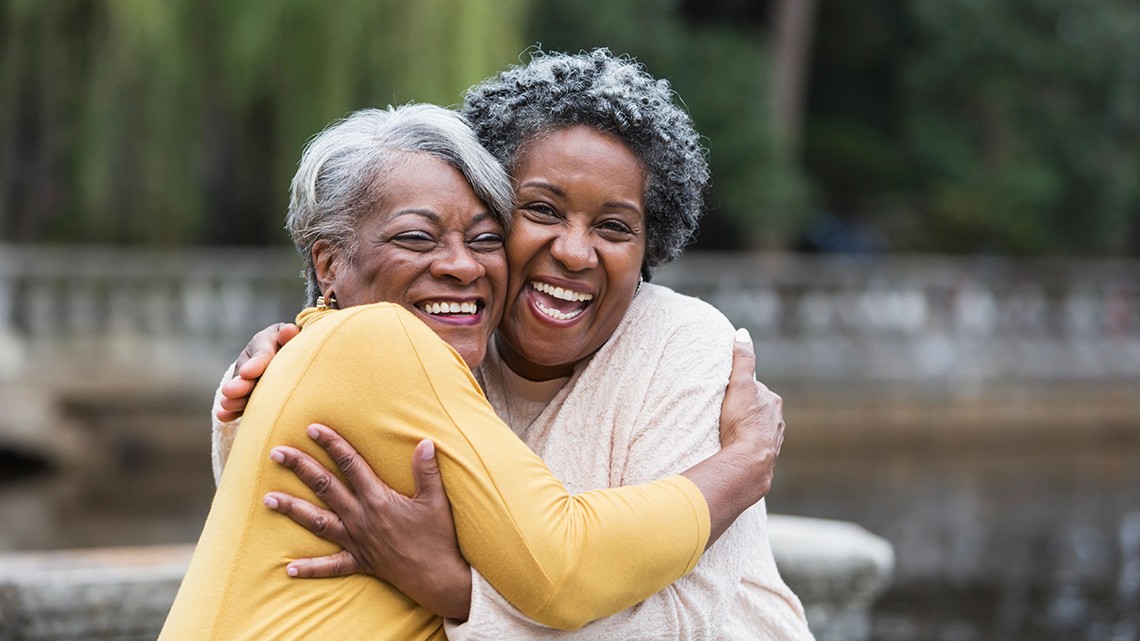Staying Fit
What is a ‘Tripledemic’? How can I avoid severe illness this winter?
Listen to a replay of the event above.
A rise in respiratory illness due to surging flu, COVID, and RSV cases has hit the U.S. Experts will discuss how stress and comorbidities like hypertension or diabetes undermine your ability to fight off these respiratory illnesses. We’ll also discuss why diabetes remains a growing threat, diabetes prevention and treatment, and how stress from family caregiving can impact your health.
This event will focus on the following areas:
- Latest updates on ‘tripledemic’ of respiratory illnesses and long-COVID;
- Diabetes prevention, most impacted populations, advances in monitoring, weight loss medications and the Medicare Insulin Cost Cap;
- Family Caregiving while managing chronic diseases, support, and self-health for caregivers.
Speakers:
- Dr. Anand Parekh, MPH, Chief Medical Advisor at the Bipartisan Policy Center
- Virginia Caine, MD, President-Elect, National Medical Association
- Rita Choula, Senior Director of Caregiving with the AARP Public Policy Institute


































































More From AARP
Bronchitis vs. Pneumonia — Which Is It?
Differences between the two and how to tell them apartFood Poisoning or Stomach Bug: Decode Your Symptoms
How they differ and when to see a doctor
How Are Hypertension, Heart Disease and Stroke Related?
To support your brain, keep your heart healthy